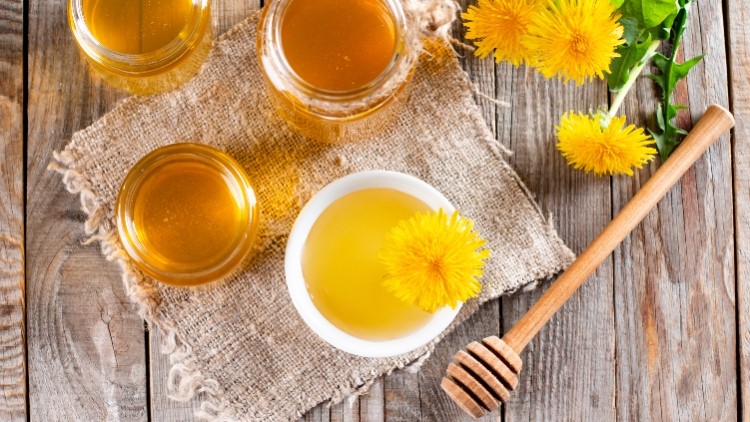What does the future hold for mead?

Founder of London’s only meadery Gosnells, Tom Gosnell, and Lyme Bay chief executive James Lambert discussed the challenges and hopes for the sector last Friday (24 March) at the UK’s Inaugural Media Briefing. Together, the companies represent around 80% of UK mead production.
Mead, which is essentially fermented honey, dates to 7,000 BC. This makes it one of the most ancient drinks known to man, predating beer and wine.
The drink is often associated with literature like Beowulf and Lord of the Rings, but mead makers today are modernising the drink for a 21st century audience.
Challenges ahead
Lyme Bay, which was founded in 1993, focuses on production of mead, wines and rum. It’s the UK’s largest producer of mead, selling 116,000 bottles per annum. 90% of its sales come from the off trade, and it is the sole supplier to English Heritage.
At Lyme Bay, mead slots into the Jack Ratt brand – named after local smuggler Jack Rattenbury. It’s a year-round product, and the best selling type of mead is the Jack Ratt Traditional Mead – forming around 28% of sales.
While Lyme Bay’s meads could be compared to sweet wines, Gosnells focuses on session-style meads that are suited to the on trade.
Gosnells sits in a production site just under Peckham train station and is London’s only meadery. It is hoping to provide a premium option for cider drinkers, and its core audience is Gen Z, and an urban crowd.
It launched a new taproom in Bermondsey, south London earlier this month, and is on its was to securing B Corp status. Sustainability is a key focus for Gosnells: it has partnered with the Bumblebee Conservation Trust.
Lambert believed the biggest challenge for the mead sector was people gatekeeping the product. While consumers were attracted to the drink, getting them in front of suppliers was a challenge.
This was largely due to the fact mead is hard to place, he added, as it doesn’t neatly fit into a ‘premium cider’ or ‘wine’ category, for instance.
A bright future
Another issue for mead makers is that it is still a fairly new commercialised drink, and for duty’s sake, mead is still not recognised as a stand-alone category.
There was still a lot of work to be done here said Lambert. Lobbying, and engaging with the Department for Environment, Food & Rural Affairs could benefit the industry. A UK association for mead makers could also help protect and market the category, he added.
However, there were plenty of reasons why the future looked bright for mead, according to Gosnell. It slotted with a consumer demand for sustainability, as bees could be sourced sustainability for premium honey.
What’s more, it fit with the current trend for natural drinks, which consumers are currently drawn to. Furthermore, there was plenty of rich storytelling surrounding mead, which could draw in consumers.
This could look like the story behind Peckham and sustainability at Gosnells, order the broader history of ancient literature and Vikings. “It’s rooted in people,” said Gosnell.







